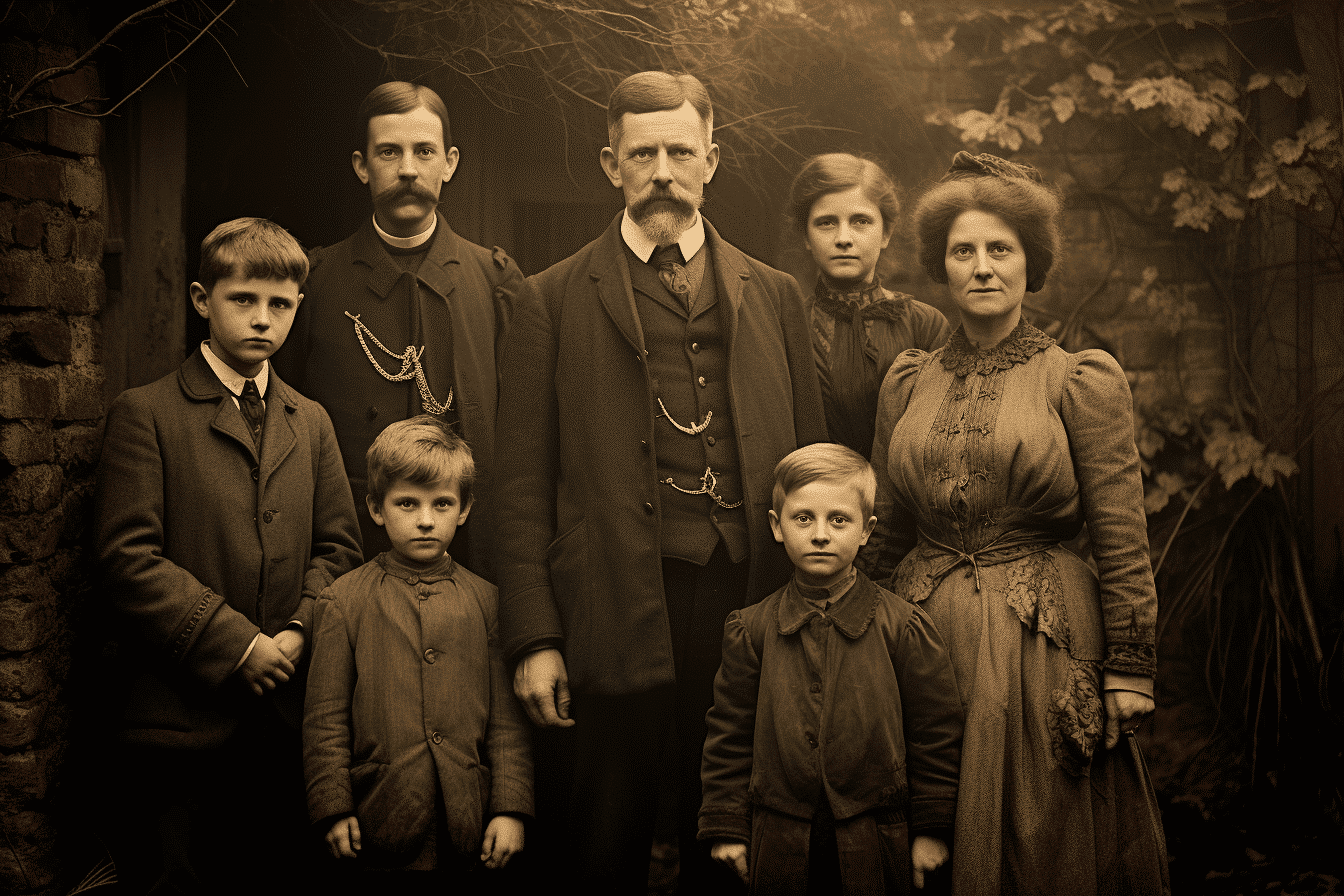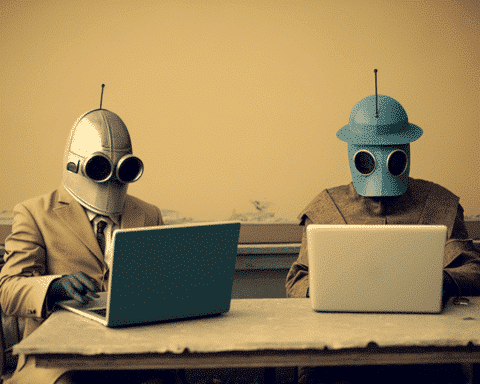In a groundbreaking development, MyHeritage, an Israel-based genealogy platform, has unveiled a remarkable AI-powered tool named PhotoDater. This innovative tool holds the potential to transform the landscape of family tree research and genealogical investigations. With a simple upload of an old photograph, the PhotoDater algorithm harnesses the power of artificial intelligence to provide an estimated capture year, offering users an insightful glimpse into their family history.
The PhotoDater tool arrives as a significant leap forward in historical analysis, leveraging cutting-edge AI technology to unravel the mysteries concealed within vintage photographs. The algorithm, which underpins the functionality of PhotoDater, was meticulously trained on an extensive dataset comprising tens of thousands of definitively dated historical photos. This dataset spanned the years between 1860 and 1990, enabling the AI to discern and internalize the distinct characteristics associated with various time periods.
Distinctive features such as clothing, hairstyles, facial hair, and even furniture and other objects were dissected by the algorithm, enabling it to build a nuanced understanding of their evolution over time. This comprehensive training facilitated the AI in developing an astonishing ability to approximate the year a photograph was taken, with remarkable accuracy.
Initial assessments of the PhotoDater tool have yielded impressive results. The algorithm boasts an average accuracy rate of approximately 60% in estimating the capture year within a five-year window of the photograph’s actual date. Each estimation comes paired with a confidence level indicator and a margin of error, providing users with a holistic understanding of the AI’s prediction.
To utilize this tool, users are required to possess a free MyHeritage account. While the PhotoDater tool is currently accessible exclusively through the desktop platform, plans are already underway to roll it out onto the mobile application, ensuring a seamless user experience across devices.
The potential of AI to enhance our connection with the past doesn’t stop here. Previously, AI was instrumental in revitalizing the world’s oldest-surviving film footage, a short film named Roundhay Garden Scene from 1888. Furthermore, AI has extended its reach into academic research, aiding in the identification of ancient “Nazca Line” geoglyphs etched into the desert landscapes of southern Peru.
As technology propels us into an ever-evolving future, it’s important to recognize its indispensable role in shedding light on our past. The PhotoDater tool’s capacity to deduce the era of an old photograph underscores AI’s increasing influence in bridging the gap between history and modernity. With each estimate provided by PhotoDater, individuals gain a deeper connection to their roots and a heightened appreciation for the wealth of knowledge encoded in the visual narratives of yesteryears.




